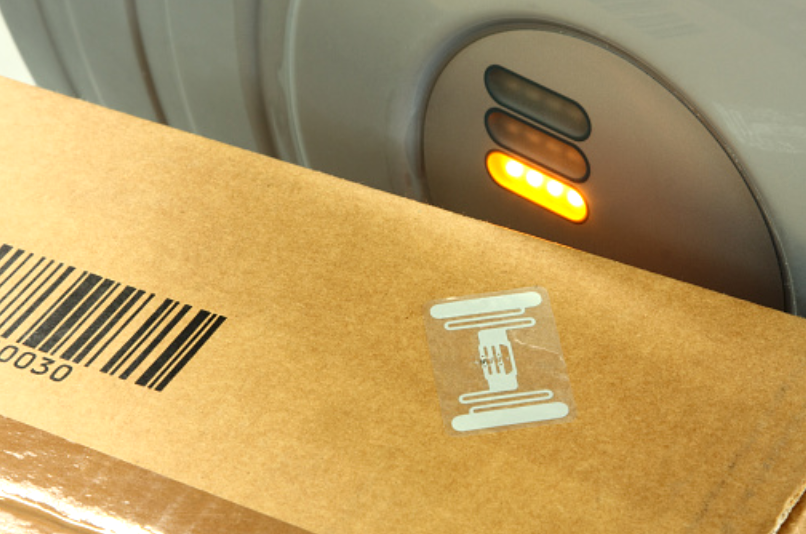The increasing globalization has over-extended the agricultural supply chain while expanding consumer choices. These longer than ever and more complex supply chains have given rise to some common problems. These problems include transparency, food safety, and traceability. Moreover, supply chains have become more prone to inefficiencies as it is almost impossible to detect bad actors in such chains. The lack of transparency also makes it difficult to recognize sources of contamination that can cost a company its valuable consumer base and can directly affect its profitability.
While smaller supply chains can be managed using conventional tools and knowledge, the more complex and stretched supply chains can only be managed using technology-enabled solutions. One such network-based solution is the blockchain. Before we jump on discussing what blockchain technology can do to the agricultural supply chain, let’s first understand what blockchain actually is.
What is a blockchain and how does it work?
Blockchain is a shared ledger that records all the transactions between the actors involved in a supply chain. From farmers to the end consumer, a blockchain records data across all entities in the chain. This data can be checked and verified by all these actors.
To put it simply, a blockchain is a chain of blocks with timestamps wherein each block holds some data. These blocks are connected together through unique identification codes called ‘hash’. A hash is a result of a mathematical algorithm. Each block is marked with its own unique hash just as a fingerprint. Along with carrying their own codes, each block also carries the code of the previous block that acts as the link between them forming a chain. The hash feature of blockchain makes it tamperproof. The only way to change any record stored on the blockchain is by adding a new block. If there is any attempt to manipulate, the new hash will no longer match the original hash and thus the change will be detected.

Blockchain-enabled solutions for the agricultural supply chain-
An Agricultural supply chain starts right from the suppliers providing agricultural inputs like seeds and fertilizers and ends at the final consumer of the product. Efficient supply chain management ensures food safety across all the channels of the chain and helps prevent contamination. There can be many solutions enabled by blockchain that can make the agricultural supply chain efficient and solve its problems. In this blog, we will discuss some of those solutions.
1. Internet of things (IoT)
Internet of things or IoT includes physical devices inter-connected over internet-based networks. These devices are embedded with sensors that allow the extraction of data from the physical environment and exchange of that data across different systems in real-time without human intervention. IoT has the potential to solve various challenges faced by the actors in the food supply chain mainly agricultural productivity and cost management.
- Application of IoT at the production stage- IoT devices help farmers by providing information like soil moisture, pH level, temperature, crop health, and nutrition level in real-time. The timely availability of such data reduces the usage of water and fertilizers. It also ensures that the crop grown confirms the desired quality standard.
- Application of IoT at transportation stage- IoT sensors help in tracking the food throughout the supply chain. These sensors are enabled in the vehicles and record the conditions in which the food was kept while in transit. Availability of such data helps the actors in ensuring the quality and health of food.
2. Radio Frequency Identification (RFID)
Radio Frequency Identification or RFID extracts or reads digital data encoded in RFID tags or labels via radio waves. RFID works similar to the bar code from wherein data is captured by scanning the code and stored in the systems. RFID is in fact better in comparison to the bar code as it can capture data from hundreds of RFID tags in a second and store it in the database. This technology can read through an item in the supply chain and can help improve traceability. The food that is in motion right from the farm to the final consumer can be tagged with RFID tags or labels. These tags then help in monitoring and providing real-time updates on the products.

3. Smart contracts
Smart contracts are just like real-life contracts with the only difference being that they are digital. Smart contracts are small software or computer programs fed in the blockchain that is triggered automatically once the data is verified by machine learning algorithms and a transaction between actors in the blockchain occurs.
Today more than ever the consumers are putting their confidence in transparency and traceability. A consumer wants to know where his food has come from, how it is grown, and what it has been through before coming to the plate. Blockchain has restructured the food supply chain by enabling a shared platform through which all the data related to the food can move seamlessly among the supply chain actors.
